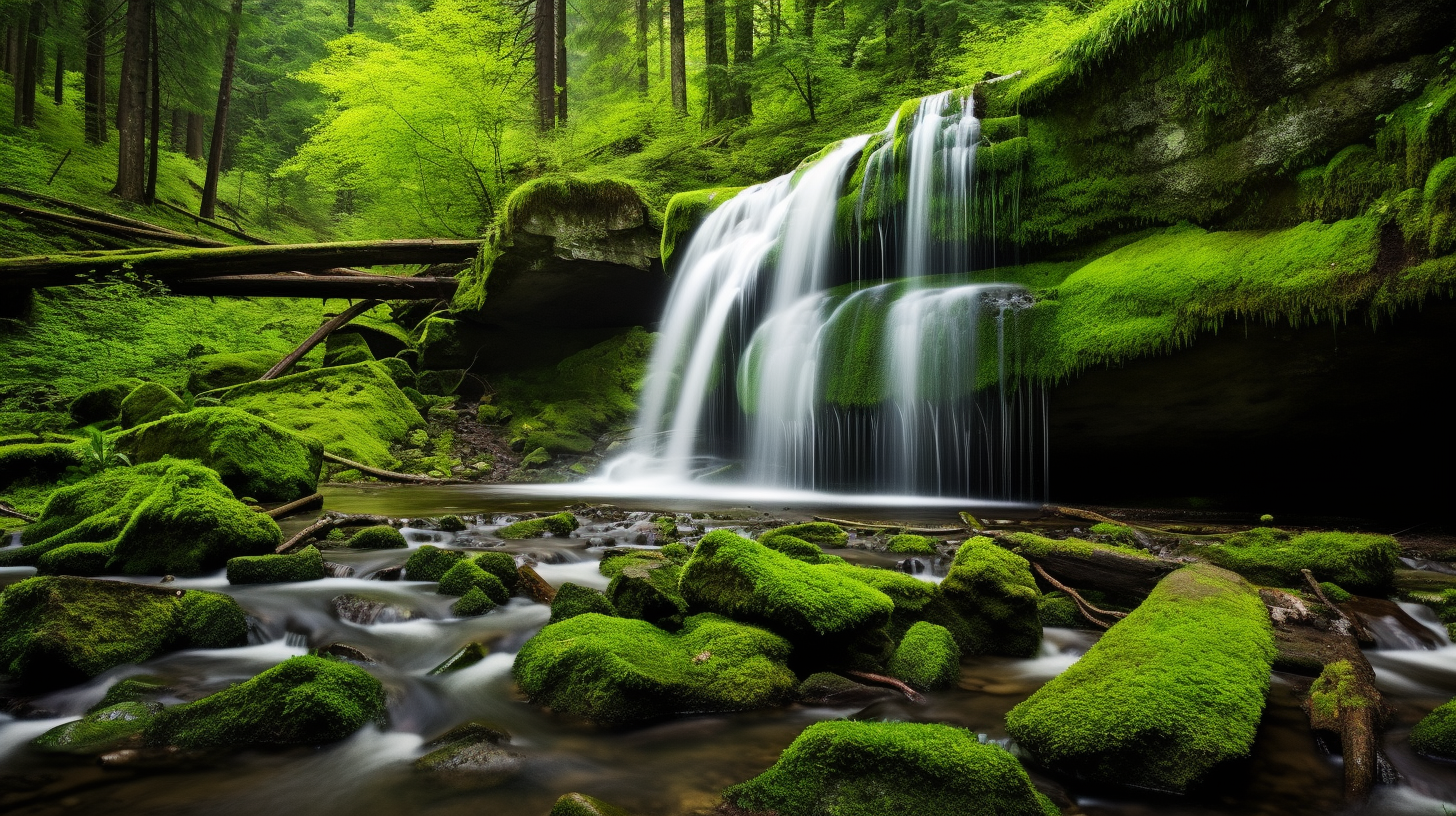Post
Long exposure photography is a technique that involves using a slow shutter speed to capture motion in a scene, resulting in stunning and surreal images. By allowing more time for light to enter the camera, you can create unique effects such as motion blur, light trails, and smooth water surfaces. To achieve successful long exposure shots, it is important to have a sturdy tripod to eliminate camera shake. Additionally, using a remote shutter release or the camera's self-timer can prevent any extra vibration. When choosing a location, look for subjects with movement, such as flowing water, moving clouds, or people walking. Experiment with different exposure times, ranging from a few seconds to several minutes, to achieve the desired effect. Remember to adjust your camera settings accordingly, such as setting a low ISO and using a small aperture for longer exposure times. Lastly, don't forget to review your images on-location to make any necessary adjustments. With practice and patience, you can master long exposure photography and bring a touch of magic to your images.
Subject: A cascading waterfall in a lush, forested landscape. Background: The waterfall flows down a rocky cliff covered in vibrant green moss and surrounded by tall trees, creating a serene and ethereal atmosphere. Mood: The image exudes a sense of tranquility and natural beauty, capturing the mesmerizing motion of the flowing water.
Camera type: Full-frame DSLR Lens: Wide-angle lens (for capturing a broader view) Aperture: f/16 (to maximize depth of field and ensure sharpness throughout the image) Shutter speed: 30 seconds (to allow for a longer exposure time and capture the smooth, silky flow of the water) ISO: 100 (to maintain image quality and minimize noise) Tripod: Used to keep the camera steady during the long exposure.
Other settings may include:
- White balance: Set to daylight or custom (depending on the lighting conditions)
- Focus: Manual focus mode, ensuring the waterfall is sharp
- Remote shutter release or self-timer: Used to prevent any camera shake during the exposure
This combination of camera settings and techniques would allow for a stunning long exposure photograph of the cascading waterfall, showcasing the movement of the water and the lush environment in which it exists.
